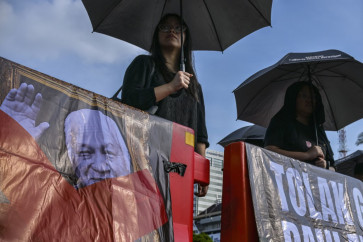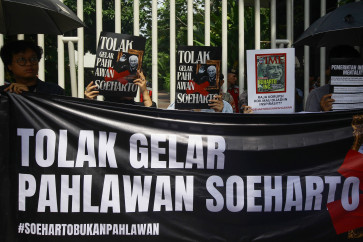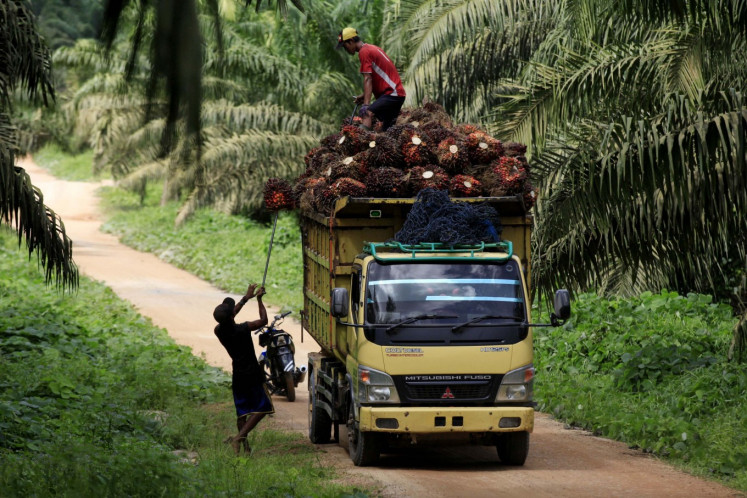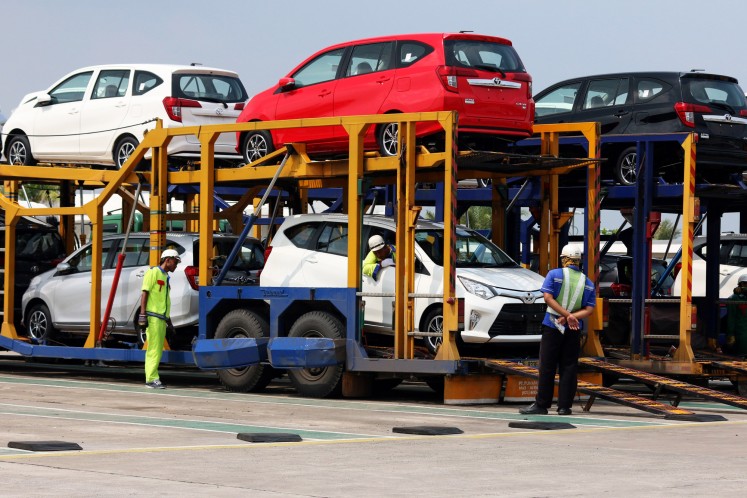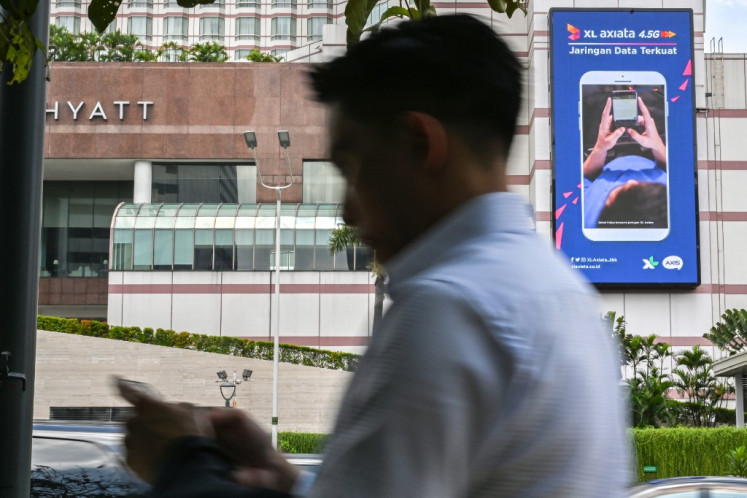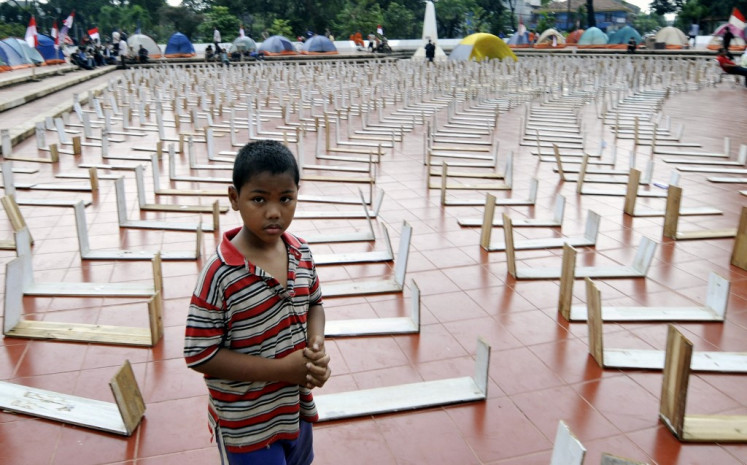Popular Reads
Top Results
Can't find what you're looking for?
View all search resultsPopular Reads
Top Results
Can't find what you're looking for?
View all search resultsSBY to launch tsunami early warning center
As a country prone to earthquakes, Indonesia has installed a high tech earthquake monitoring system that can detect a potential tsunami and transmit a warning in just five minutes
Change text size
Gift Premium Articles
to Anyone
As a country prone to earthquakes, Indonesia has installed a high tech earthquake monitoring system that can detect a potential tsunami and transmit a warning in just five minutes.
The Indonesian Tsunami Early Warning System (TEWS) is slated to be officially launched by President Susilo Bambang Yudhoyono on Tuesday.
"With the TEWS instrument, we can determine whether an earthquake could trigger tsunami within five minutes, so local authority would still have enough time to take preventive measures," Sri Woro Budiati, head of the Meteorology and Geophysics Agency (BMG), told The Jakarta Post in Jakarta on Saturday.
The TEWS, installed at the BMG's office in Jakarta, is connected via satellites with regional tsunami centers in Medan, Padang, Tangerang, Yogyakarta, Denpasar, Kupang, Makassar, Manado, Ambon and Jayapura.
Five provinces -- Nanggroe Aceh Darussalam, West Sumatra, Bengkulu, Banten and Bali -- are situated on the west coast, facing the Indian Ocean. They are at imminent risk of tsunamis.
"The instrument will read epicenter, depth and magnitude of earthquake in three minutes. If our analysis shows it could trigger tsunamis, warnings will ring out directly in impacted areas," Sri Woro said.
Currently, the warnings for tsunami potential are made by local authorities.
The BMG estimates it takes between 20 and 30 minutes from when the earthquake hits until a tsunami forms.
West Sumatra alone has installed six sirens, worth Rp 700 million (US$64,815) each.
The province's Disaster Mitigation Operation Center manager Ade Edward told the Post that the administration would inform the public of the trials through local radio and television stations and newspapers this week.
"We urge the public not to be alarmed by the sirens as our main intention is to test the equipment. It is not an evacuation drill. They have not been tested for two years since they are installed," he said.
The sirens will be tested on the 26th of each month for three consecutive months at 10 a.m. in an bid to familiarize the public.
BMG spokesman Edison Gurning said the agency had facilities to disseminate information on earthquakes to the public, including through text messages, e-mail, faxes and telephones.
"But with the presence of TEWS instrument, earthquake data will be more detailed," he said.
A recent survey by the Indonesian Institute of Sciences (LIPI) showed only four of 139 regencies and municipalities vulnerable to earthquakes and tsunamis were prepared to cope with the calamities. They are Medan, Padang, Bantul and Yogyakarta. The four municipalities have developed plans to cope with natural disasters.
In 2004, Aceh was hit by a 9.0 deadly earthquake that triggered a tsunami and killed 131,000 people. Nearly two years later, a 6.3 quake hit Yogyakarta and killed 5,700 people.


